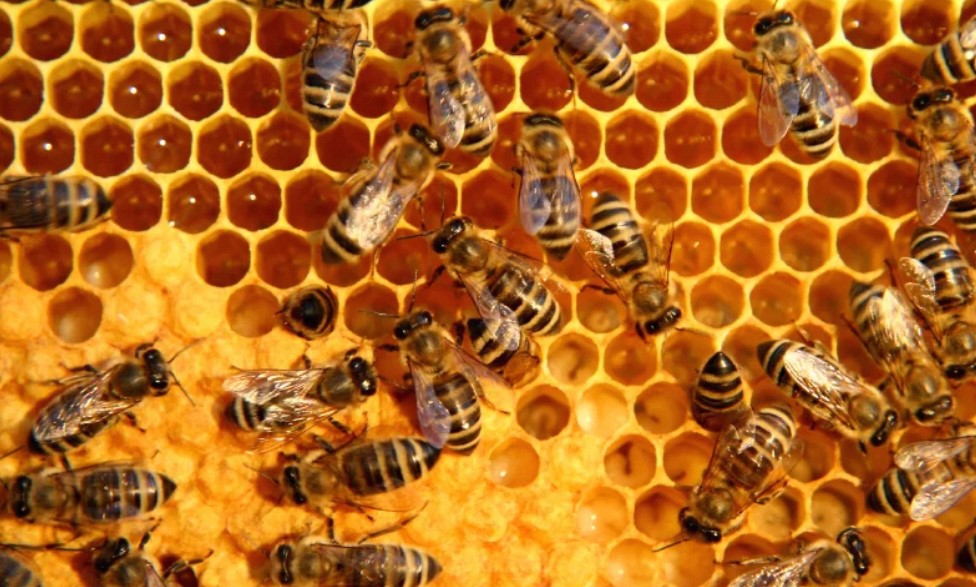Honey is a natural sweetener that has been enjoyed by humans for thousands of years. It is derived from the nectar of flowers and collected by bees, who then transform it into honeycomb or liquid honey. Honeycomb is the natural hexagonal structure created by bees to store honey and raise their young, while liquid honey is the viscous liquid that is extracted from honeycomb. Both honeycomb and liquid honey have their unique characteristics and benefits. In this post, we will compare honeycomb vs liquid honey, in terms of their taste, texture, nutrition, and uses.

Taste
Honeycomb has a unique and distinct taste that is different from liquid honey. Honeycomb has a complex and layered flavor, with notes of sweetness, waxiness, and floral undertones. The wax in honeycomb adds a subtle texture to the honey, creating a pleasant and satisfying mouthfeel. In contrast, liquid honey has a smoother and more uniform taste, with a more pronounced sweetness and floral aroma. The taste of liquid honey can vary depending on the type of flower from which the nectar was collected.
Texture
Texture is another factor that differentiates honeycomb from liquid honey. Honeycomb has a naturally textured and crunchy texture, due to the wax cells that make up the comb. The texture of honeycomb can vary depending on the age and type of comb, with newer comb being softer and more pliable than older comb. In contrast, liquid honey has a smooth and viscous texture, with no discernible texture or crunch. The texture of liquid honey can vary depending on the type of honey and the temperature at which it is stored.
Nutrition
Honeycomb and liquid honey both have nutritional benefits, but in different ways. Honeycomb is a natural and unprocessed form of honey, which means that it retains more of its natural vitamins, minerals, and enzymes. Honeycomb is also rich in antioxidants, which can help to protect the body against free radicals and reduce inflammation. In contrast, liquid honey is more processed and may have added sugars or other ingredients, which can reduce its nutritional value. However, liquid honey is still a good source of energy and can help to boost the immune system and promote digestive health.
Uses
Honeycomb and liquid honey have different uses and applications. Honeycomb is commonly used as a topping for cheese and crackers, as well as a garnish for desserts and other sweet dishes. Honeycomb can also be eaten on its own as a sweet snack, or used to add flavor and texture to recipes. In contrast, liquid honey is more versatile and can be used in a wide range of recipes, including marinades, dressings, sauces, and baked goods. Liquid honey can also be used as a natural sweetener for tea, coffee, and other beverages.
In conclusion, honeycomb and liquid honey both have their unique characteristics and benefits. Honeycomb has a distinct taste and texture, with more natural nutrition, while liquid honey is more versatile and can be used in a wider range of recipes. When choosing between honeycomb vs liquid honey, it is important to consider your personal preferences and the intended use of the honey. Honeycomb is perfect for those who want to enjoy the natural and unprocessed taste and texture of honey, while liquid honey is better suited for those who want a more versatile and convenient form of honey. Ultimately, both honeycomb and liquid honey are delicious and nutritious choices that can add a natural and healthy sweetness to your diet.